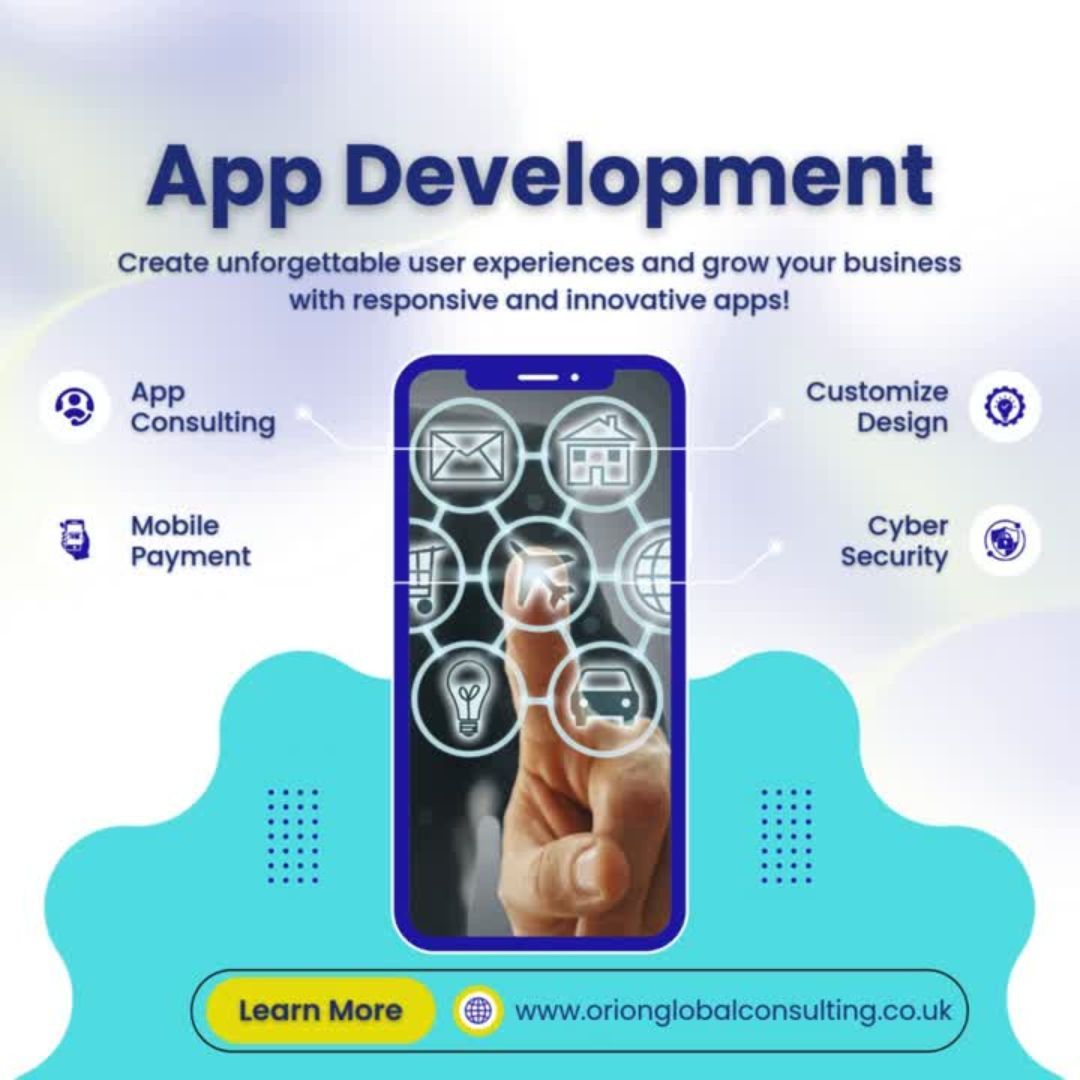
Mobile apps are now a part of daily life. People use them for shopping and learning. They are used for banking and even booking a doctor. Mobile app development is the process of making these apps for smartphones and tablets. These can run on Android or iOS devices. Some come already installed. Others can be downloaded from app stores. They can open through a web browser.
Today, businesses in all industries need these apps to connect with customers. They give easy access to services and help save time. They also improve communication. In this guide, you will learn the way mobile apps are made. We will also discuss what you need to think about while building one.
Picking the Right Platform
Choosing the correct platform for the development of the app is necessary. In brief, the first thing you must decide is where your app will run. Will it be for Android, iOS, or both? Android is used on more phones. This is the reason why many developers choose it first. The Google Play Store also has fewer rules. This makes it easier to launch apps. On the other hand, iOS has fewer devices to support. Due to this, testing and updates are easier on iOS. Also, iPhone users stick with apps longer.
If you are building an app for your employees, you need to support all the devices they use. If most of your customers use iPhones, it is better to build an iOS app first. You should also think about where your users live. In addition, you also have to think about what kind of experience they expect from an app.
Choosing How to Build Your App
You have two main options for this. That is Android and iOS. You can create separate apps for each platform. This is called native mobile app development. There is another option. You can use one codebase for both platforms. This is known as hybrid development.
Native apps are faster and make better use of the phone’s features. Many companies choose this method for building important apps. If you start with Android, you can later rebuild the app for iOS. You cannot copy all the code, but you can still reuse some parts, like the back-end. On the other hand, hybrid apps work on both systems using one set of code. This is useful for simpler apps. They are built using common languages like JavaScript and HTML. They are easier to make, but may not run as smoothly as native apps.
Designing with Mobile Limits in Mind
Phones and tablets have smaller screens, and they consume less power than computers. So, your app needs to be simple and light. It should not use too much memory or battery. The user interface (UI) of these apps should be easy to understand and use. People expect to get things done with just a few taps. So, your app should be fast and easy to use. Try to avoid designs that need too much typing and detailed navigation. This is another major aspect to consider. You have to always think from the user’s point of view. What are they trying to do? Make sure your app helps them do it quickly. Keep the design of the app clean. It has to be focused only on the most useful features.
Using Cloud Support to Boost Your App
Sometimes an app needs more power than the phone can give. In that case, you can use the cloud. This is an advantageous step. You can move heavy processing tasks to the cloud using APIs. This way, your app stays fast while the cloud does the hard work. You can also store data in the cloud instead of on your phone. This helps in keeping the app light. Moreover, it also helps in securing your users’ data. Cloud services can also help you add smart features like notifications etc. You can also add voice help to your app. There can be features like connecting with smart home devices, and more. All these features make your app more useful.
Joining Developer Programmes
To publish your app, you need to join some platforms. For Android, you need a Google account and pay a one-time fee. Then you can upload your app to the Google Play Store. This store is open to many types of apps. It is also possible to share your app outside the store. For iOS, you must pay every year. Also, you have to follow their stricter rules. But this also means iOS apps are known for their quality and reliability. Apple gives developers access to tools and early software versions. This helps improve your app before release.
Conclusion
Mobile app development may seem hard, but it becomes easier with the right steps. You begin by choosing the platform. Next, think about the way in which you want to build the app. You then design a simple interface. Make sure the app works well on mobile devices. When needed, you can use cloud services to improve speed and add smart features. Finally, you prepare your app for launch by joining the developer programme. With every step, it is necessary to keep the expectation of user in mind. Seeking a well-known and trustworthy company for developing your mobile app? Choose Orion Global Consulting. We are a rapidly growing mobile app development company. For developing user-friendly apps, we have a specialized team of experts. If you have any such requirements, then get in touch with our experts now.


